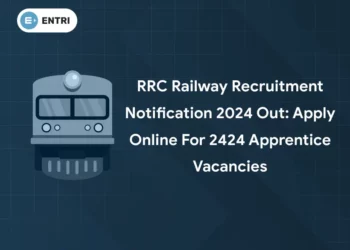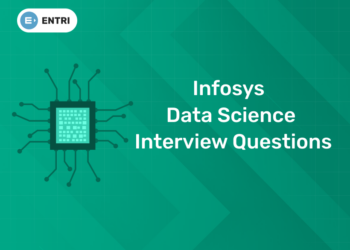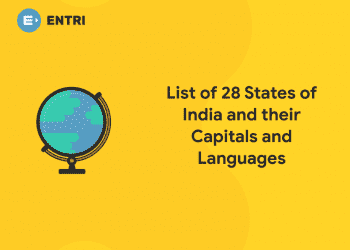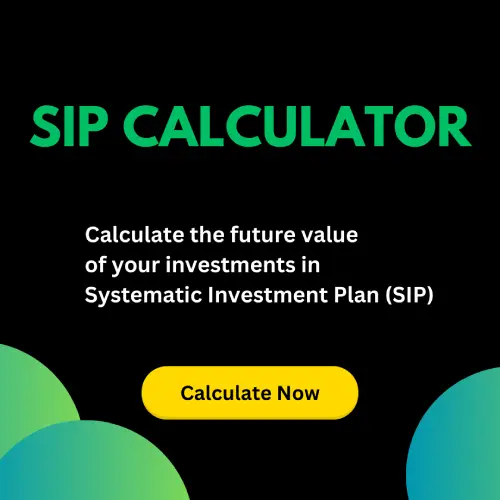Table of Contents
Java has always been one of the most popular programming languages, thanks to its adoption in Android development. It’s powerful, flexible, and secure, which makes it a great choice for any developer looking to build their resume or improve their skillset. But Java can get overwhelming to new users, especially with so many libraries available. That’s why we wanted to put together this list of 10 Java libraries you should know about and why you should use them in your development projects. To help guide you through the library options and make your decision easier, here are some basic things that all 10 libraries have in common.
Top Java Libraries In 2024
Here are the list of Top Java libraries:
1. Apache Commons
Apache Commons is an open-source library that provides functional programming utilities. Its main components include Apache Commons Lang, a utility class library; Apache Commons IO, which focuses on input/output operations; and Apache Commons Collections, which is focused on data structures. The result? The commons library gives developers access to thousands of reusable classes for more than 35 specialized purposes such as XML processing, networking, and statistics. It’s maintained by the Apache Software Foundation (ASF), and it’s used in all sorts of enterprise software, mobile apps, and games—there are even special libraries for Swing programming!
2. Google Guava
Guava is a Java library that is used for working with collections and building APIs. It has been designed to make development easier by supplying many additional functionalities that come in handy when creating programs. While it isn’t as popular as some of its competitors, Guava has a devoted following and certainly lives up to its name. If you are not yet familiar with Guava, check out these 8 great Google Guava libraries every Java developer should know about to get started.
3. Spring
Spring is a framework used to build enterprise applications. It uses Inversion of Control (IoC) to inject dependencies into classes. This means there’s no need for you to create instances of objects that depend on other classes by hand. It also handles loading beans from external configuration files and XML configurations that are extensible, making it easy to customize your application’s behavior as needed. Spring supports JMX which makes it easy to monitor bean lifecycles and provides transaction management for both database and web services transactions.
4. Apache Spark
Apache Spark is a cluster computing system for Big Data. It provides high-level APIs in Java, Scala, Python, and R, and an advanced engine that supports general execution graphs. Spark SQL provides a clean API for structured data processing. It enables programmers to write applications in SQL that interact with stored data sources like Hive, HBase, Cassandra, or any other JDBC-compliant database (which is just about every database). Spark also supports distributed machine learning algorithms like Random Forests, SVMs, Gradient Boosting Machines, and Deep Neural Networks. As well as streaming data through Kafka, Flume, and Kinesis. Hadoop is one of those tools that would take thousands of pages to describe adequately—so we won’t do it here!
5. JUnit
All computer programming consists of a lot of different tasks, but not all of them are equally important. One thing that’s generally considered to be extremely important is unit testing, which ensures that each individual part of your program works correctly by itself before you attempt to combine it with any other parts. Because unit testing can be such a massive time saver in terms of fixing bugs and improving code quality, it’s critical that you have an effective framework for running these tests. Enter JUnit—one of a number of unit-testing frameworks built on top of Java.
6. Maven
Maven is a project management and comprehension tool for software development. It provides a set of conventions and best practices around the building, distributing, and managing Java-based projects. Maven’s goal is to enable developers to build high-quality projects more efficiently, consistently, and with less risk. When it was first released in 2002, its biggest selling point was that it provided an easier way for novice users to build Apache Software Foundation (ASF) projects such as Hibernate. However, its scope has since grown to support J2EE projects as well as other languages such as JavaScript or Perl.
7. JRebel
JRebel takes a unique approach to Android development by providing developers with an alternative to reloading code after each edit. Instead, JRebel creates a link between your code and its compiled class files. Any changes you make are reflected immediately on running applications without any lag time. JRebel allows developers to continue working without having to wait for builds or retests, keeping you in flow and able to work faster. It also offers performance-testing tools that simulate typical user loads and lets you adjust existing tests or write new ones if necessary. The result is higher development speed, lower costs associated with fixes, quicker bug discovery times, and more satisfied users who don’t have to put up with delays in responsiveness. Learn more about JRebel here.
8. EasyBatchJobs
EasyBatchJobs allows developers to execute batch tasks like backups, data cleanup, and emailing. It supports storing in Amazon S3 and Elasticsearch. EasyBatchJobs is available in open source as well as SaaS versions. The SaaS version includes automatic data backup, alerting, and notification. There’s also an API for custom integrations. The complete stack includes EasyBatchProcess, EasyEmailer, and EasyCronjobs that can be installed together on a single server or separately across different servers depending on requirements.
Enroll in our certificate program in Full Stack Web Development!
9. Jake Wharton Retrofit library
Although working with REST APIs was a dream compared to SOAP back in 2005, nowadays it’s still not as easy as we’d like. Retrofit is a Google-created library that makes it dead simple to use almost any REST API, wrapping your code with a layer of code that handles HTTP request serialization and deserialization, authentication, error handling, threading, and caching. In other words, Retrofit makes you look good—you can focus on just writing code. With minimal setup required, it’s easier than ever to give your app or startup an interface for external services. If you’re planning on getting serious about Android development (and why wouldn’t you be?), then Retrofit is one of those libraries that will make you look like a pro from day one.
10. Butterknife
Butterknife is an annotation-based library that simplifies view injection in Android. Instead of setting up your Activity and Fragment injections with findViewById(), you can use Butterknife’s @Inject annotated fields, or setter methods to obtain references to your views. This will not only make your Activities and Fragments easier to write, but also clean up call sites with anonymous classes. And if you aren’t a fan of annotations, there’s a standard-setter injection method as well. Butterknife doesn’t require any extra dependencies so it’s a great choice for activities that need to support both Android 1.5 through 3.0, although in practice all recent versions are supported by most libraries anyway (even Gingerbread). If you are interested to learn new coding skills, the Entri App will help you to acquire them very easily. Entri App is following a structural study plan so that the students can learn very easily. If you don’t have a coding background, it won’t be any problem. You can download the Entri app from the google play store and enroll in your favorite course.
Learn to code from industry experts! Enroll here!












